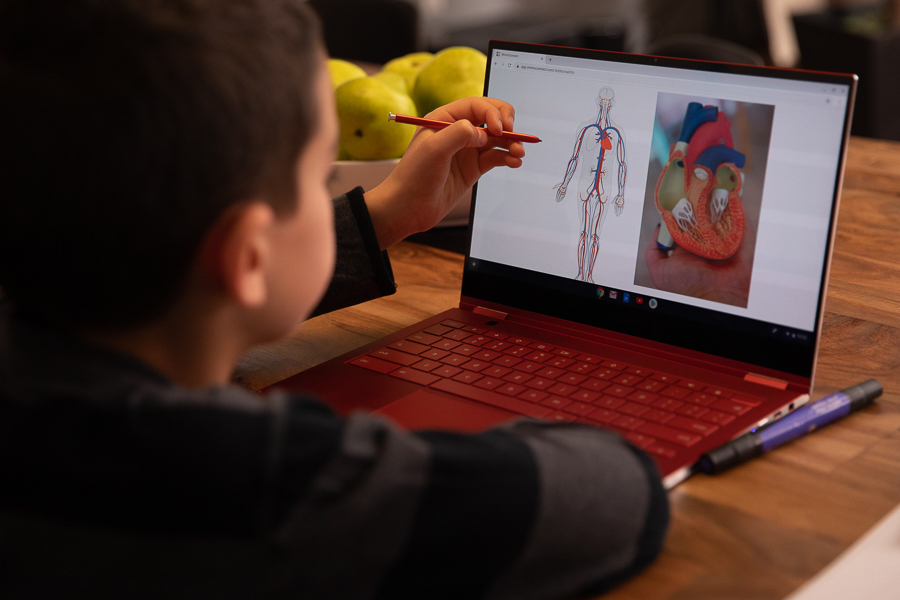School districts have embraced cloud-based educational applications and cloud storage in recent years, particularly during the pandemic, when schools turned to remote learning. In this new education world, external drives, particularly portable solid state drives (SSDs) — are an important technology tool to invest in because they enable students, faculty and staff to back up their work and protect the data.
During COVID-19, school districts particularly embraced one-to-one computing, and students were equipped with notebook computers and tablets. Districts also furnished faculty and staff with desktop and notebook computers. Nevertheless, many schools still deploy computer labs with high-end desktop computers for video editing, STEM (science, technology, engineering and math) activities and other educational needs.
To ensure important data, files and work is never lost and easily accessible anywhere, students and staff should always regularly back up their data with remote storage solutions — and put SSDs on their back-to-school supply lists. Here’s why:
1. SSDs are more durable
Traditional hard disk drives (HDDs), which require moving parts, simply aren’t durable enough for everyday use in the K-12 market. Research published in PCMag shows that HDDs can’t withstand the drops, bangs and jostles that come from students, staff and faculty on the move.” to “HDDs can be damaged by the drops, bangs and jostles that come from students, staff and faculty on the move.”
In fact, the Samsung Portable SSD T7 Shield, features a strong aluminum body that is covered with rubber for extra toughness. It can even withstand falls of up to 9.8 feet and keep out most water and dust, thanks to its IP65 rating. (include standard T7 Shield disclaimer)
The T7 Shield SSD — available with 1TB, 2TB or 4TB of storage — is compatible with Macs, PCs and Android devices.
2. SSDs are faster
SSDs are also fast, which is a crucial quality when students and educators need to save or access large files.
Your guide to SSDs in the virtual classroom
Virtual learning is here to stay. Learn why fast, reliable storage is critical for educational institutions. Download Now
Traditional HDDs, which spin between 5,400 and 7,200 RPM, have to physically locate data on the disk to retrieve it. SSDs, on the other hand, can do this nearly instantaneously, providing significantly lower latency. Whether they’re in the classroom or learning remotely, students can get right to their documents, so their work won’t fall behind while they’re waiting for an application or file to load.
This speed is especially important as schools add more multimedia elements to educational content and projects. For example, students may present book reports as video essays, embed audio files in science fair projects or view recorded lessons with and on their devices.
To support this work, they need devices like Samsung T7 Shield SSD, which uses embedded PCIe® and NVMe® technology to enable sequential read and write speeds of up to 1,050/1,000 MB/s, respectively — more than 1.9 times faster than current SATA-based portable SSDs and more than 9.5 times faster than external HDDs. Faster storage solutions add a further bonus of enabling students to more easily encrypt data to enhance security.
3. SSDs are lighter
Another bonus of an SSD is its size and weight. For example, the 1TB model of Samsung T7 Shield SSD is extremely compact, weighing just 3.5 ounces and measuring about 3.5 inches in length, 2.3 inches in width and half an inch in height. This means it can easily fit into a student’s backpack or staff member’s computer bag. In today’s education world, this ease of portability particularly appeals to and supports students, teachers and staff on the go.
Discover how SSD enhance remote learning environments in this free guide.








